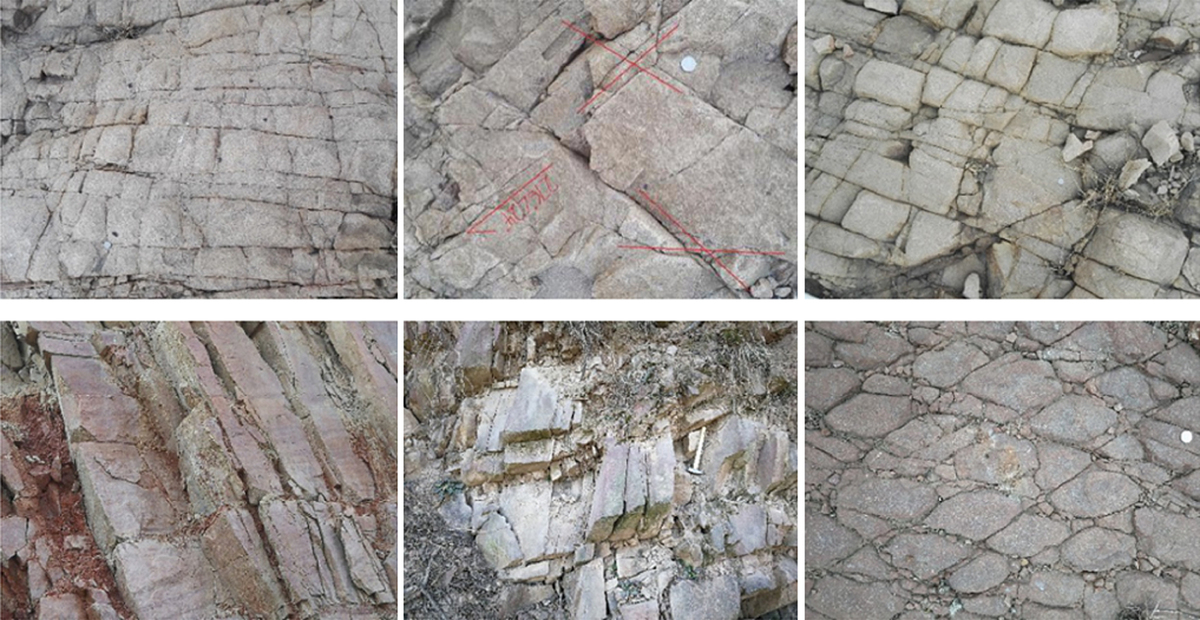Controlling effect of palaeo-tectonic stress field on gas occurrence
1
School of Resource and Safety Engineering, Henan University of Engineering, China
Submission date: 2023-09-18
Final revision date: 2023-11-28
Acceptance date: 2023-12-16
Publication date: 2024-06-19
Corresponding author
Weidong Gong
School of Resource and Safety Engineering, Henan University of Engineering, 451191, Zhengzhou, China
School of Resource and Safety Engineering, Henan University of Engineering, 451191, Zhengzhou, China
Archives of Civil Engineering 2024;70(2):513-526
KEYWORDS
TOPICS
ABSTRACT
On the basis of analyzing and studying the characteristics of gas occurrence in mining areas, the control effect of paleo-tectonic stress field on gas occurrence was discussed from three aspects of gas generation, preservation environment and gas migration. The results show that: (1) During the Indosinian and early-middle Yanshan period, the coal seam was buried deep, and the temperature and pressure conditions were suitable for massive gas generation, especially during the Indosinian period featuring massive gas generation and weak gas migration; (2) During the late Yanshan period, the metamorphic evolution rate of coal seams accelerated, secondary hydrocarbon generation occurred in the coal seams, and a large amount of gas was generated. Meanwhile, a large number of geological structures were formed due to the action of the tectonic stress field, and the gas migration was enhanced. The gas generation amount was much larger than the emission amount, therefore, making it still a period of massive gas generation in general; (3) During the Himalayan period, the coal measure stratum was in the uplift stage, and a large number of geological structures were developed in the stratum. The tectonic stress field in this period caused the escape of massive coal seam gas. Multi-stage tectonic stress field acted on coal measures strata in turn, resulting in gas generation in coal seam and gas migration at the same time. Besides, gas occurrence is the superposition effect of gas generation, preservation conditions, and gas migration in coal seam.
We process personal data collected when visiting the website. The function of obtaining information about users and their behavior is carried out by voluntarily entered information in forms and saving cookies in end devices. Data, including cookies, are used to provide services, improve the user experience and to analyze the traffic in accordance with the Privacy policy. Data are also collected and processed by Google Analytics tool (more).
You can change cookies settings in your browser. Restricted use of cookies in the browser configuration may affect some functionalities of the website.
You can change cookies settings in your browser. Restricted use of cookies in the browser configuration may affect some functionalities of the website.




